Back to Courses
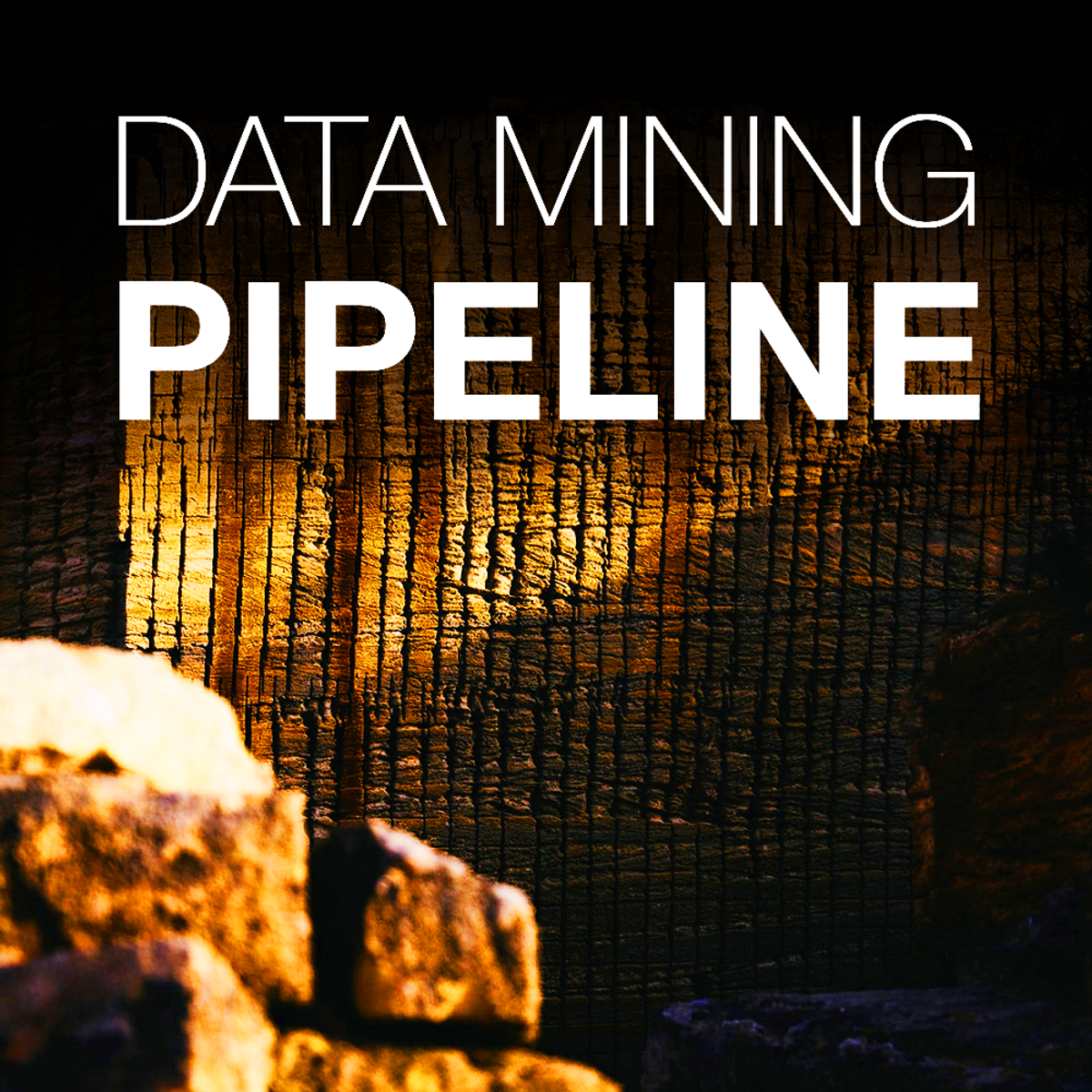
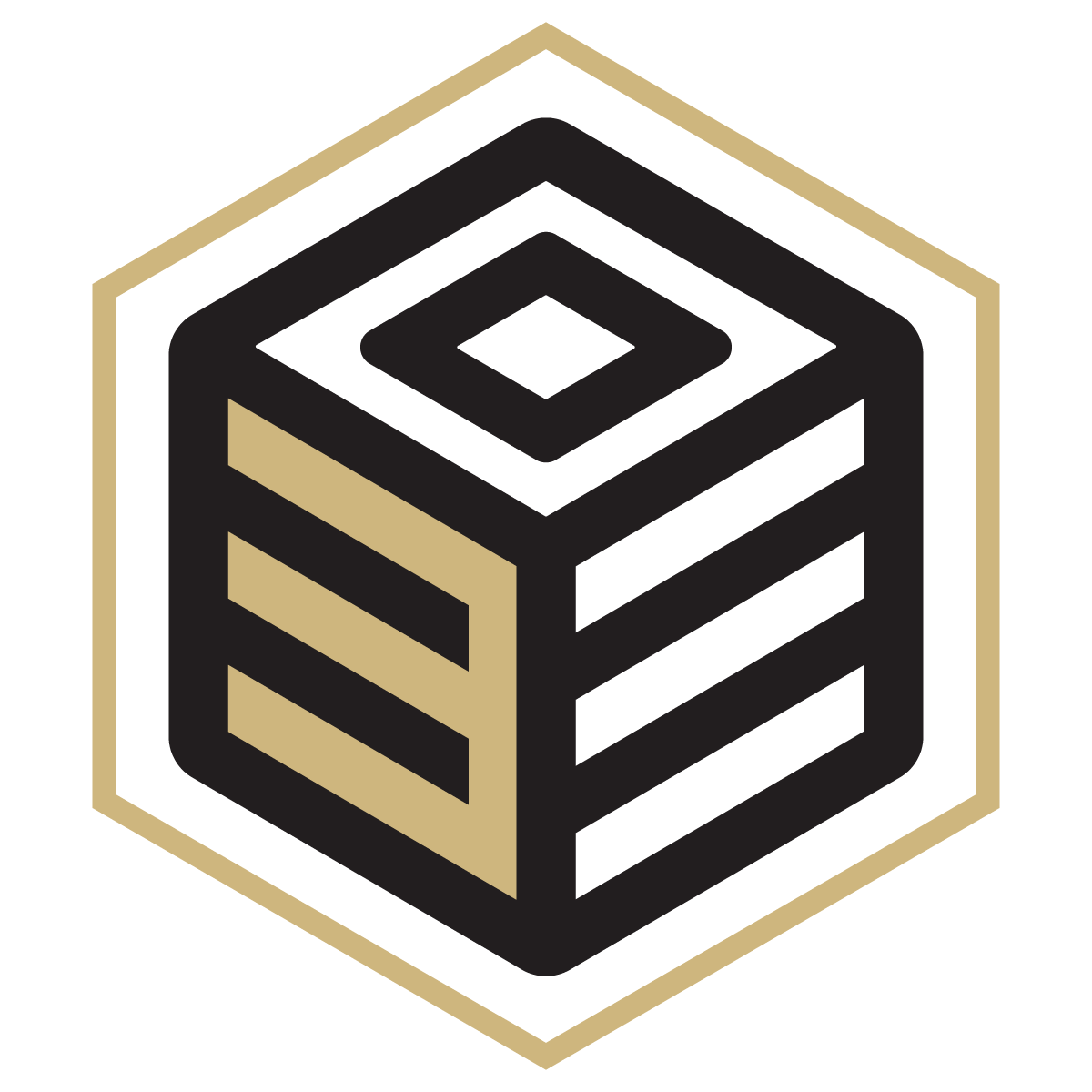
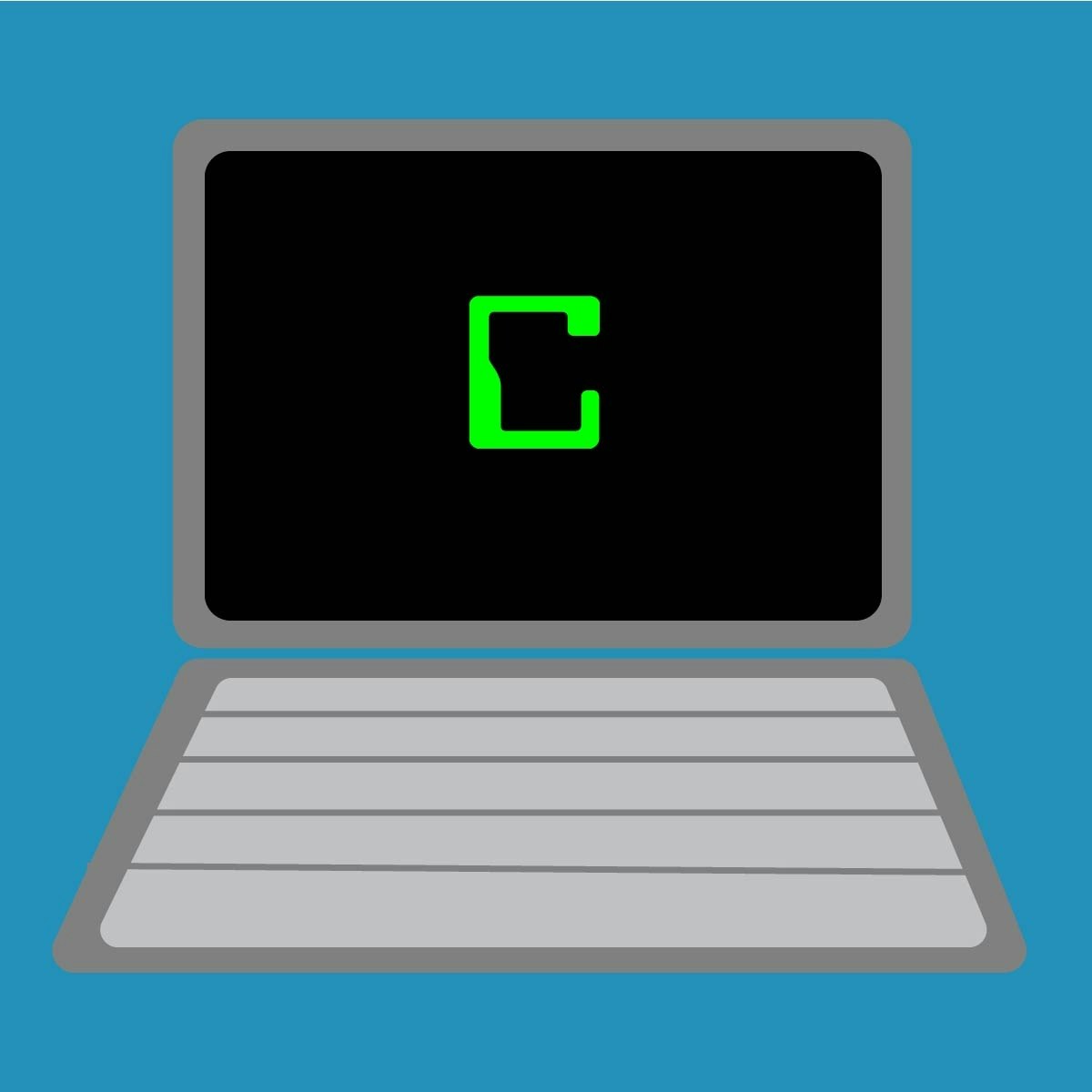


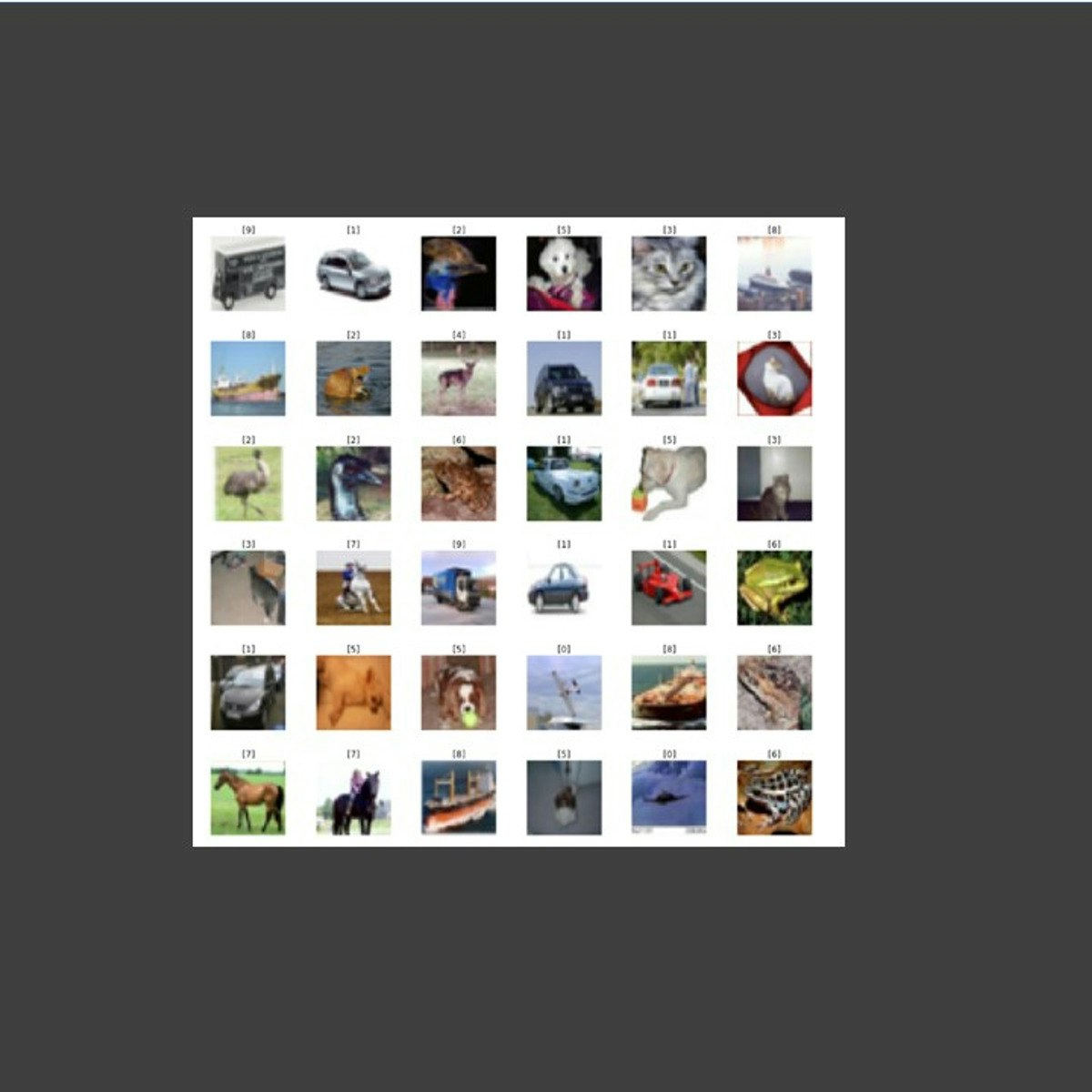
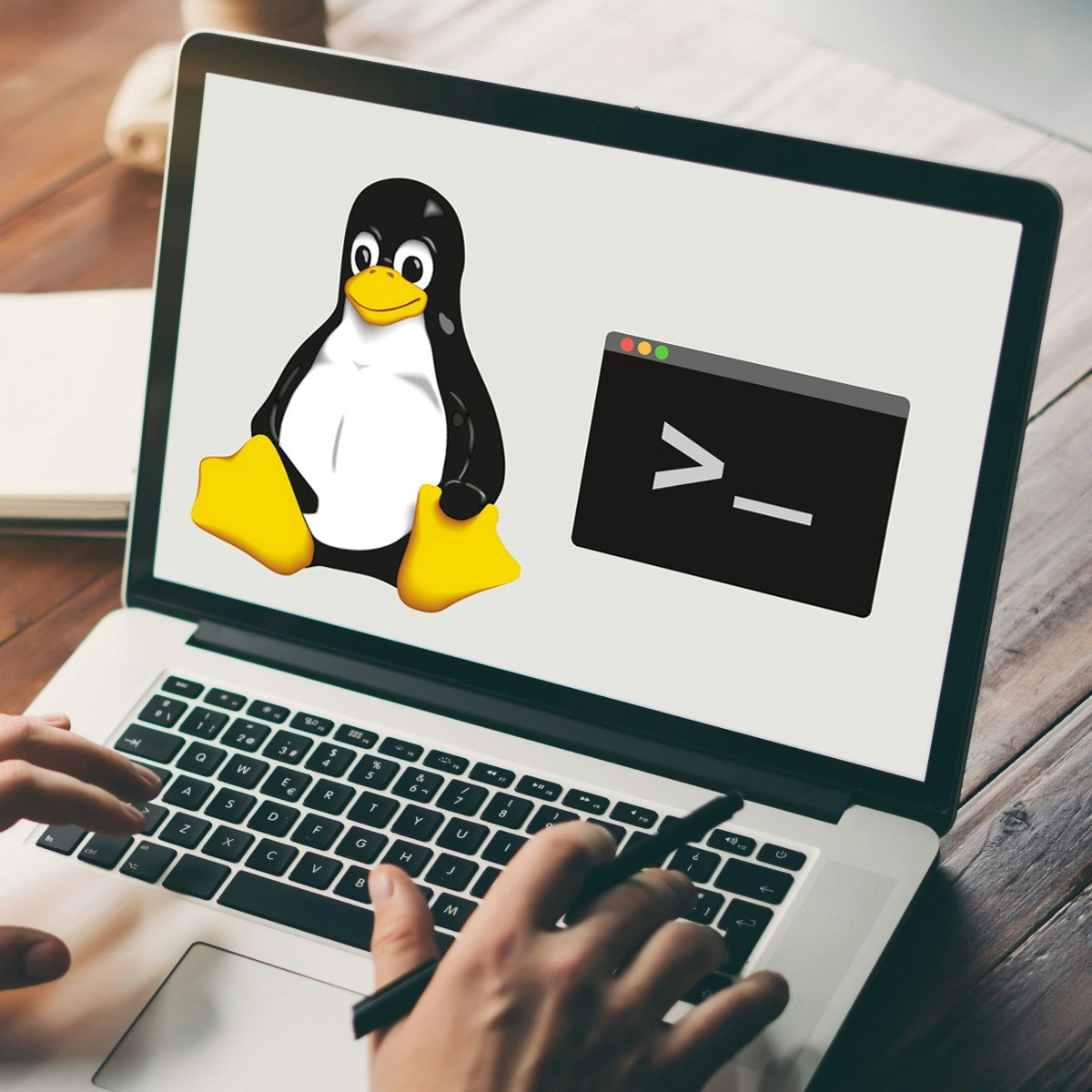
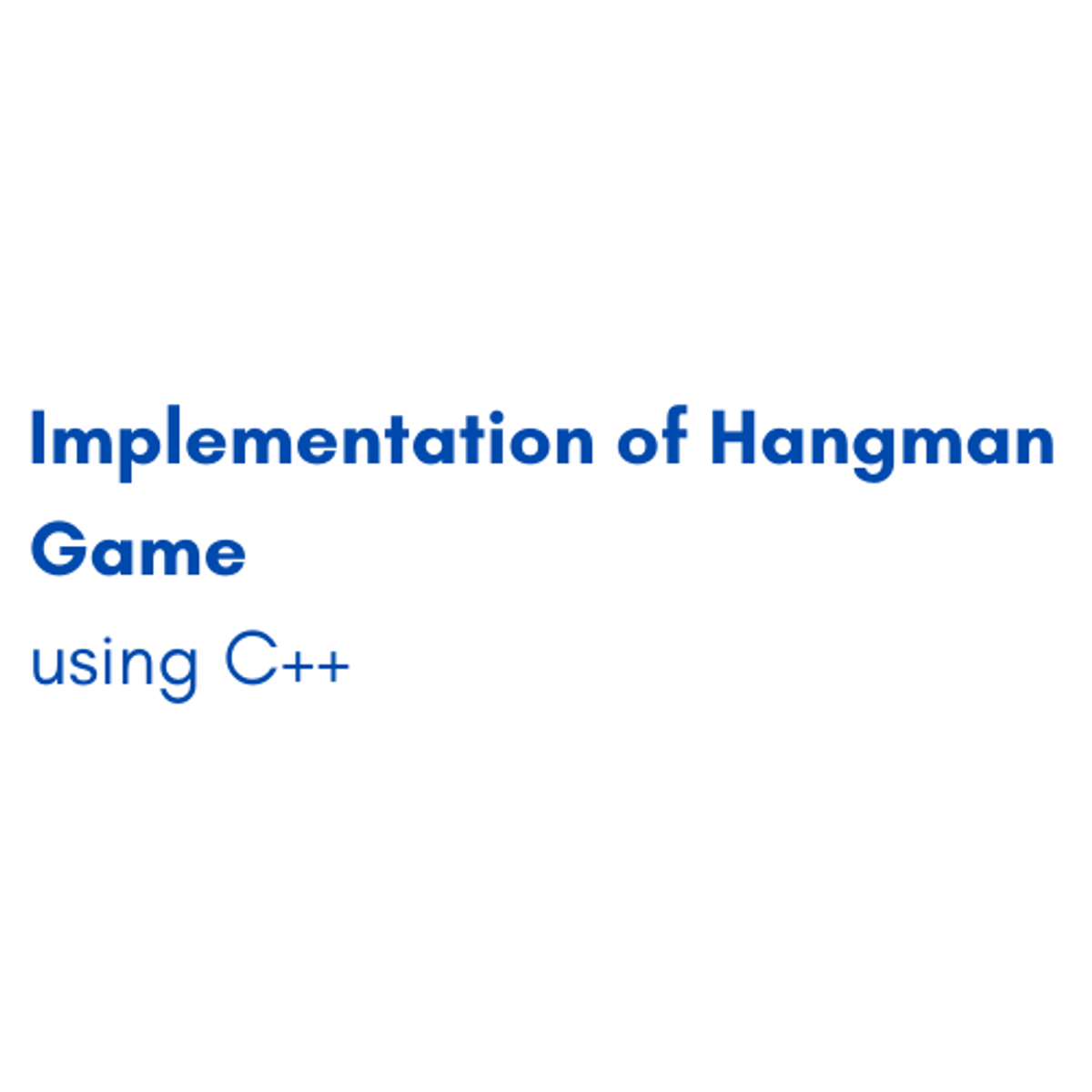
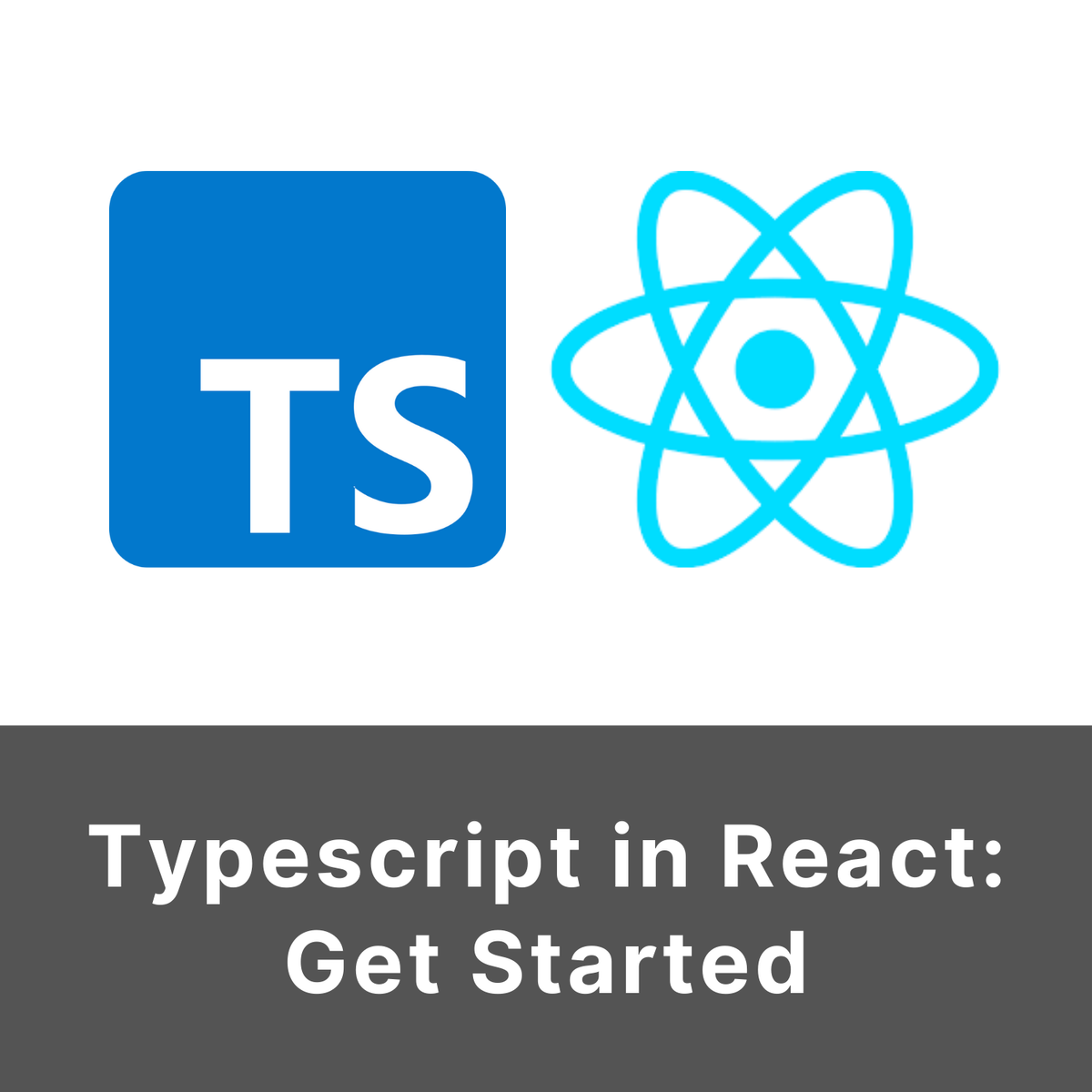
Software Development Courses - Page 20
Showing results 191-200 of 1266

Introduction to Software Engineering
If you are curious to learn more about the field of software engineering, this course is for you. No prior knowledge or qualification in programming or software development is necessary. Software Engineers are in great demand and now is a great time to learn more about this exciting career path.
The field of software engineering is growing at an estimated rate of 22% according to the US Bureau of Labor and Statistics. In addition to aspiring software engineers, this course is also suitable for those in related careers such as Product and Project Managers, IT Managers, Information Developers and others who communicate and interact with software engineers.
This course teaches you about the power of the Software Development Lifecycle (SDLC) and software development methodologies like Agile. Explore fundamental programming principles and foundations of design, architecture, and deployment. Investigate skills a software engineer needs and identify job opportunities with hands-on projects. You will also learn about programming basics and software development tools and stacks.
Throughout this course, you’ll hear from expert and novice software engineers to get a feel for what the job is like from their perspective. After completing this introductory course you will be conversant in the tools, technologies, terminology, processes, and practices in software engineering.

Data Mining Pipeline
This course introduces the key steps involved in the data mining pipeline, including data understanding, data preprocessing, data warehousing, data modeling, interpretation and evaluation, and real-world applications.
Data Mining Pipeline can be taken for academic credit as part of CU Boulder’s Master of Science in Data Science (MS-DS) degree offered on the Coursera platform. The MS-DS is an interdisciplinary degree that brings together faculty from CU Boulder’s departments of Applied Mathematics, Computer Science, Information Science, and others. With performance-based admissions and no application process, the MS-DS is ideal for individuals with a broad range of undergraduate education and/or professional experience in computer science, information science, mathematics, and statistics. Learn more about the MS-DS program at https://www.coursera.org/degrees/master-of-science-data-science-boulder.
Course logo image courtesy of Francesco Ungaro, available here on Unsplash: https://unsplash.com/photos/C89G61oKDDA

Relational Database Support for Data Warehouses
Relational Database Support for Data Warehouses is the third course in the Data Warehousing for Business Intelligence specialization. In this course, you'll use analytical elements of SQL for answering business intelligence questions. You'll learn features of relational database management systems for managing summary data commonly used in business intelligence reporting. Because of the importance and difficulty of managing implementations of data warehouses, we'll also delve into storage architectures, scalable parallel processing, data governance, and big data impacts. In the assignments in this course, you can use either Oracle or PostgreSQL.

C for Everyone: Structured Programming
In the new world we live in, coding is a universally valuable skill, whether you're a scientist, artist, or a humanist. Algorithms are everywhere, and we all have to understand how they work. The C language is particularly well suited as an introduction to coding: It's a tried-and-true language, and it allows you to understand computing processes at a deep level. You will also get an introduction to more advanced programming in C++ in the final module.
This is a continuation of C for Everyone: Fundamentals, which you should take before beginning this course.
The time estimated time commitment for this course is five hours a week for five weeks.

Introduction to Applied Cryptography
This course is a non-mathematical introduction to the role that cryptography plays in providing digital security for everyday applications such as the internet, mobile phones, wireless networks and cryptocurrency.
In this introductory course you will develop an understanding of the functionality and purpose of the main cryptographic tools we use today. You will learn how to make decisions about which cryptographic tools are most appropriate to deploy in specific settings. You will also explore the wider infrastructure surrounding cryptography and how this impacts the overall security of systems deploying cryptography.
Cryptography provides the core toolkit that underpins most digital security technologies. An understanding of what cryptography does, and its limitations, is critical to developing a wider appreciation of the security of everyday digital applications. Since cryptography provides tools for atomic security services such as confidentiality and data integrity, an appreciation of cryptography will also equips you with a fundamental understanding of what security means in cyberspace.
Learning outcomes for the module.
By the end of this module learners will be able to:
1. Explain the precise role that cryptography plays in the security of any digital system.
2. Appreciate the breadth of use of cryptography to support security of digital systems.
3. Identify core concepts and terminology concerning use of cryptography
4. Assess the points of vulnerability relating to cryptography in any digital system deploying it.

Containerization Using Docker
Welcome to "Containerization using Docker".
In this guided project you will learn how to use Docker to create a customised image of your application using Dockerfiles, enable data persistence and will also learn various methods to share your Docker images. Also, the task-based approach that we follow in our guided project will get you a better understanding of basic commands in Docker that comes very handy while working on your real-life project. . Most importantly you will leave this course with more confidence that will get you to work in Docker platform more efficiently.
If you have questions about course content, please post them in the forums to get help from others in the course community. For technical problems with the Coursera platform, visit the Learner Help Center.
Good luck as you get started, and I hope you enjoy the course!
Happy learning !!!!!

Cifar-10 Image Classification with Keras and Tensorflow 2.0
In this guided project, we will build, train, and test a deep neural network model to classify low-resolution images containing airplanes, cars, birds, cats, ships, and trucks in Keras and Tensorflow 2.0. We will use Cifar-10 which is a benchmark dataset that stands for the Canadian Institute For Advanced Research (CIFAR) and contains 60,000 32x32 color images. This project is practical and directly applicable to many industries.

Hands-on Introduction to Linux Commands and Shell Scripting
This course provides a practical introduction to Linux and commonly used Linux / UNIX shell commands. It teaches you the basics of Bash shell scripting to automate a variety of tasks. The course includes both video-based lectures as well as hands-on labs to practice and apply what you learn. You will have no-charge access to a virtual Linux server that you can access through your web browser, so you don't need to download and install anything to perform the labs.
You will learn how to interact with the Linux Terminal, execute commands, navigate directories, edit files, as well as install and update software.
You will work with general purpose commands like id, date, uname, ps, top, echo, man; directory management commands such as pwd, cd, mkdir, rmdir, find, df; file management commands like cat, wget, more, head, tail, cp, mv, touch, tar, zip, unzip; access control command chmod; text processing commands - wc, grep, tr; as well as networking commands - hostname, ping, ifconfig and curl.
You will create simple to more advanced shell scripts that involve Metacharacters, Quoting, Variables, Command substitution, I/O Redirection, Pipes & Filters, and Command line arguments. You will also schedule cron jobs using crontab.
This course is ideal for data engineers, data scientists, software developers, DevOps professionals, and cloud practitioners who want to get familiar with frequently used commands on Linux, MacOS and other Unix-like operating systems as well as get started with creating shell scripts.

Implementation of Hangman Game using C++
By the end of this project, we will create a simple fully functioning hangman game using C++. In this project you’ll be able to write functions that will print messages, draw hangman, print available letters and calculate the number of tries, and last but not least, you will be able to get the words that’ll be guessed randomly from a text file.
In this project we’ll use Codeblocks IDE which is an open source IDE and it’s very simple to write our code in , which will help us implement all the needed functions and classes that is necessary to build our game

Typescript in React: Get started
In this course we will work with a number of examples of react components to work our way logically through some of the most commonly used parts of typescript in React. Along the way, feel free to pause the videos at any point and really play with the code to test things out, hover things and try to see if you can use the tooling to find solutions to the problems we have. By the end of the course you will be able to start working with a Typescript project in a React application.
Popular Internships and Jobs by Categories
Find Jobs & Internships
Browse
© 2024 BoostGrad | All rights reserved